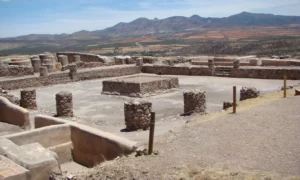Altavista, also known as Chalchihuites, stands as a testament to the ingenuity and resilience of the Chalchihuites-Chichimec culture in the arid landscapes of northwest Mexico. Occupied from AD 100 to AD 1400, this archaeological site near the municipality of Chalchihuites in Zacatecas, Mexico, represents a significant chapter in the pre-Columbian history of Mesoamerica.
Chichimeca people
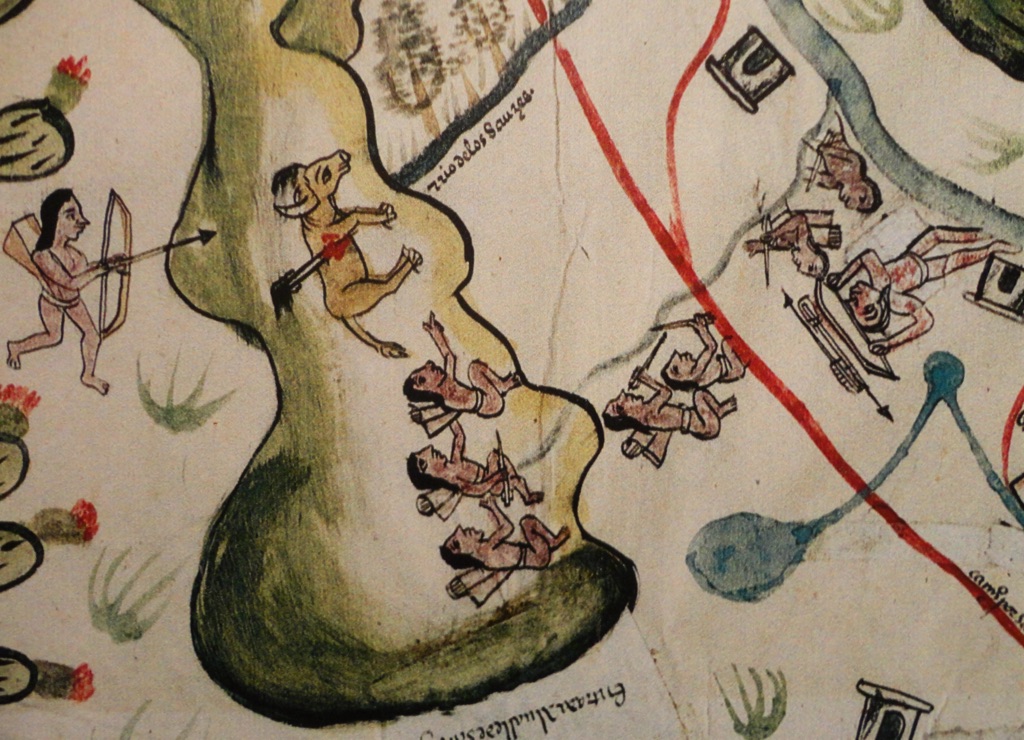
The Chichimeca people represent a collective term used to describe several indigenous groups that inhabited the arid and semi-arid regions of north-central Mexico, particularly in the area known today as the Mexican Plateau. This term was broadly used by the Mexica (Aztec) civilization and the Spanish colonizers to refer to the nomadic and semi-nomadic peoples living in these areas. The Chichimecas were not a single, unified group, but rather a diverse collection of tribes, including the Guachichiles, Pames, Zacatecos, and Guamares, among others. Their way of life, culture, and social organization varied significantly from one group to another.
Historically, the Chichimeca peoples are known for their fierce resistance against Spanish colonization in the late 16th and early 17th centuries, a period often referred to as the Chichimeca War. The Spanish encountered formidable resistance from these indigenous groups, who were adept at using the harsh landscape of the region to their advantage. The Chichimecas employed guerrilla tactics, including ambushes and hit-and-run attacks, which were highly effective against the Spanish forces and their indigenous allies. This resistance significantly delayed the Spanish colonization of north-central Mexico and led to a protracted conflict that lasted for decades.
The Chichimeca way of life was largely nomadic or semi-nomadic, with groups moving from place to place in search of food and water. Their diet primarily consisted of gathered wild plants, hunted game, and, for some groups, cultivated crops. The harsh environment of the Mexican Plateau shaped their survival skills, making them adept hunters and gatherers. Their social structure was generally egalitarian, with leadership roles often based on personal qualities and achievements rather than hereditary status.
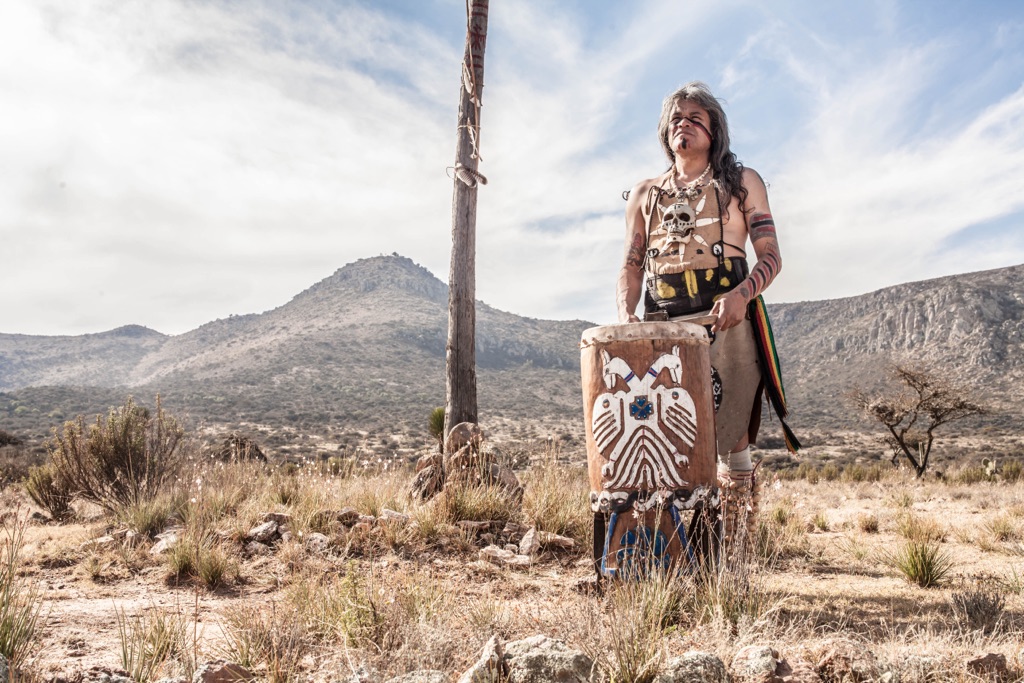
Despite their resistance, the Chichimeca peoples eventually faced the overwhelming force of Spanish military technology and strategy. The turning point in the Chichimeca War came with the adoption of a more conciliatory approach by the Spanish, who began to use negotiation and peace treaties, coupled with the introduction of missionaries to promote Christianity. Over time, this led to the gradual assimilation of the Chichimeca peoples into colonial society, although this process was uneven and varied greatly among the different groups.
The legacy of the Chichimeca peoples is still evident today in the cultural and genetic makeup of north-central Mexico. Many contemporary Mexican citizens can trace their ancestry back to these indigenous groups. Additionally, some of the Chichimeca languages and traditions have survived and are still practiced in certain communities, although they have evolved and blended with Spanish influences over the centuries.
Understanding the history and culture of the Chichimeca peoples is crucial for appreciating the rich tapestry of Mexico’s indigenous heritage. Their resilience in the face of colonization, their adaptation to a challenging environment, and their impact on the course of Mexican history are testament to their enduring legacy. The story of the Chichimeca peoples is a reminder of the complexity and diversity of indigenous cultures in Mexico before and after the arrival of Europeans.
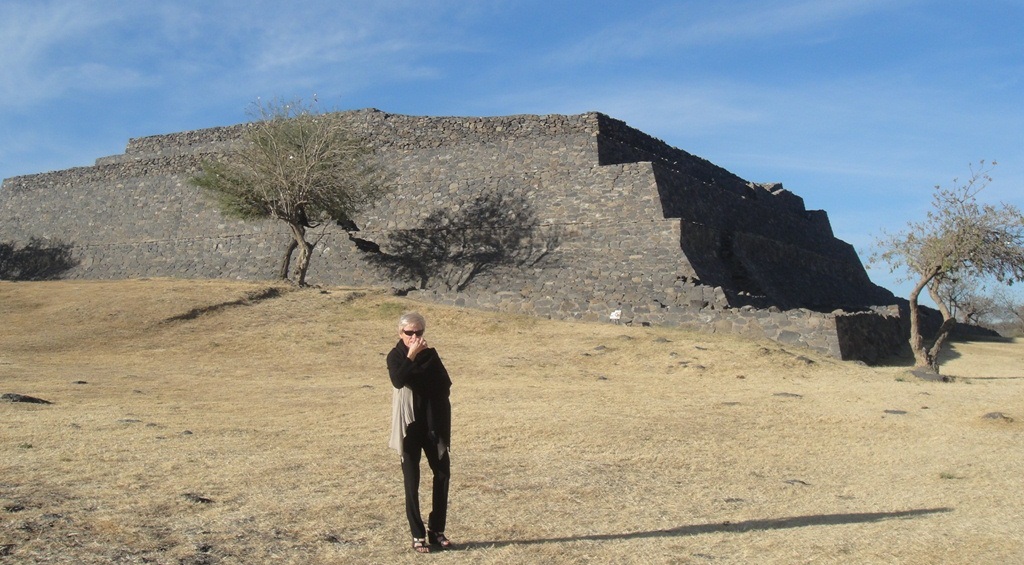
Peralta
Peralta, a prehispanic Mesoamerican archaeological site, is situated in the Abasolo Municipality, Guanajuato, Mexico. This site, located just outside the village of San Jose de Peralta, offers a unique glimpse into the ancient Bajio Tradition, a cultural and architectural phenomenon distinct from other Mesoamerican societies. The site’s development, decline, and the societies that inhabited it provide valuable insights into the complexities of pre-Columbian life in the region.
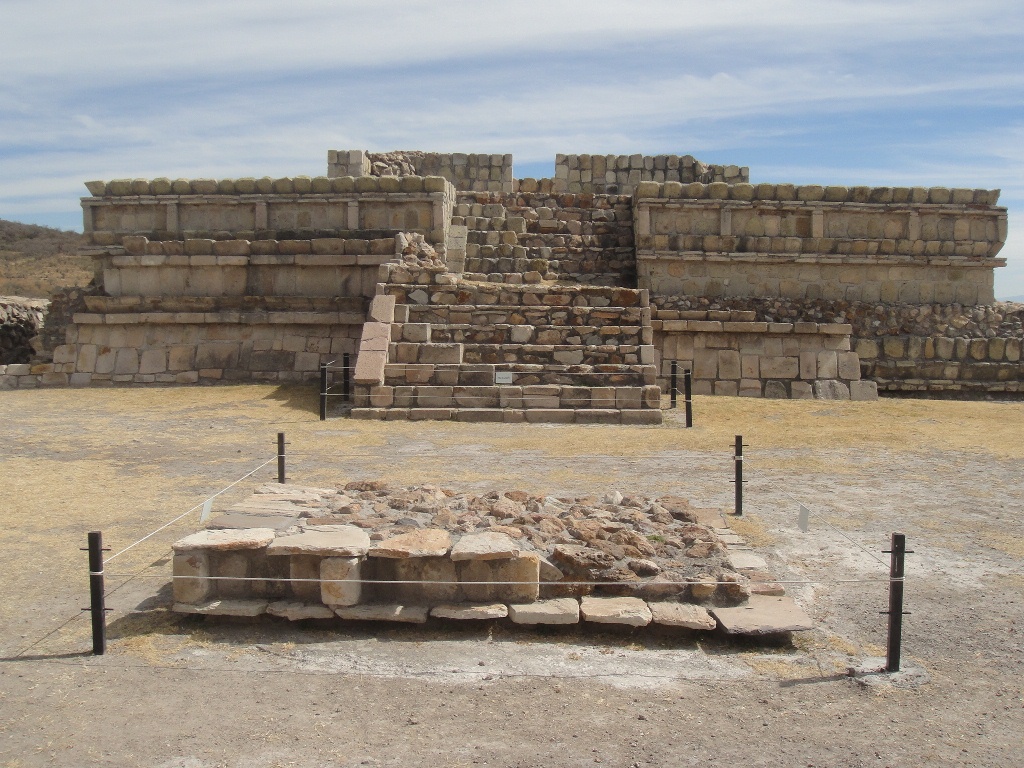
Plazuelas
Plazuelas, a significant prehispanic archaeological site, is situated in the state of Guanajuato, Mexico. This site, which is open to the public, features a large, rectangular plaza dominated by pyramidal structures, platforms, and a massive ball court. To the north, a field of boulders adorned with thousands of glyphs adds to the site’s mystique. The settlement, originally larger, included a notable circular structure known as El Cajete, marking its eastern extent.
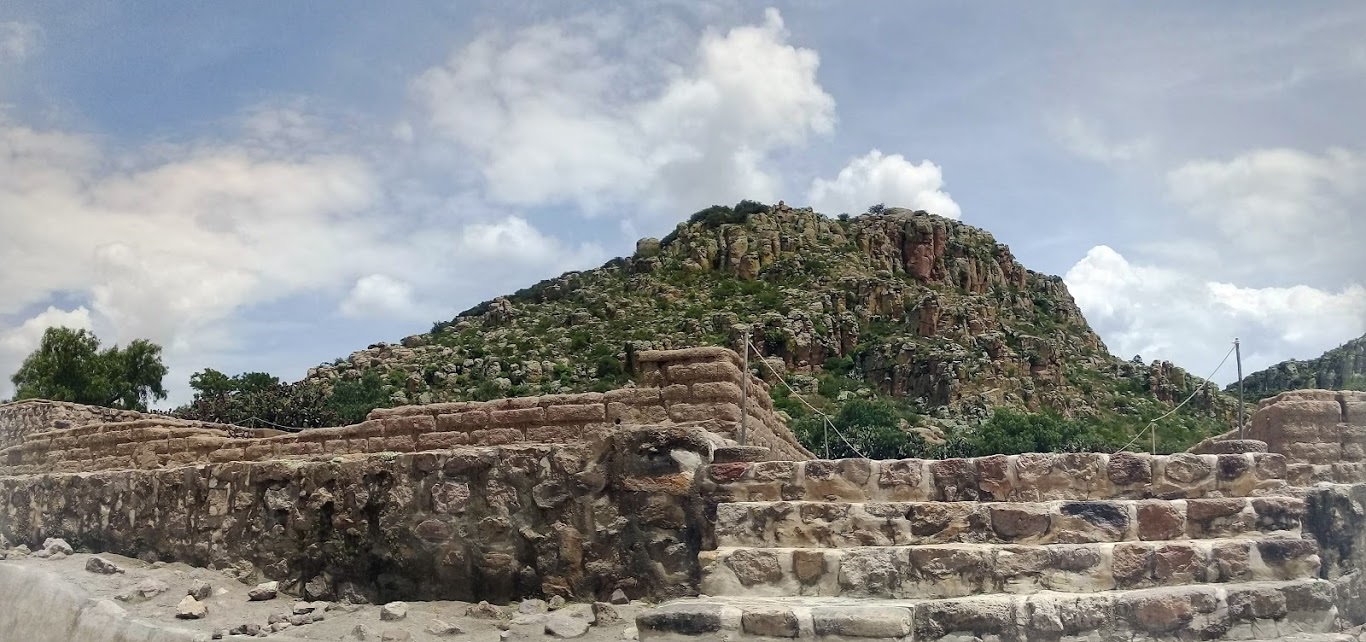
El Cóporo
El Cóporo, a significant archaeological site located in the northwestern corner of Guanajuato state, Mexico, stands as a testament to the complex prehispanic civilizations that thrived at the northern frontiers of the Mesoamerican cultural area. Situated at an elevation of 150 meters on the western slopes of the Santa Bárbara range, near the San José del Torreón community, El Cóporo spans approximately 84 hectares across the slopes and summit of Cerro del Cóporo. Despite only an estimated five percent of this area having been archaeologically excavated or investigated as of 2009, El Cóporo’s importance is undisputed, recognized as one of the four most significant archaeological sites in the state of Guanajuato.
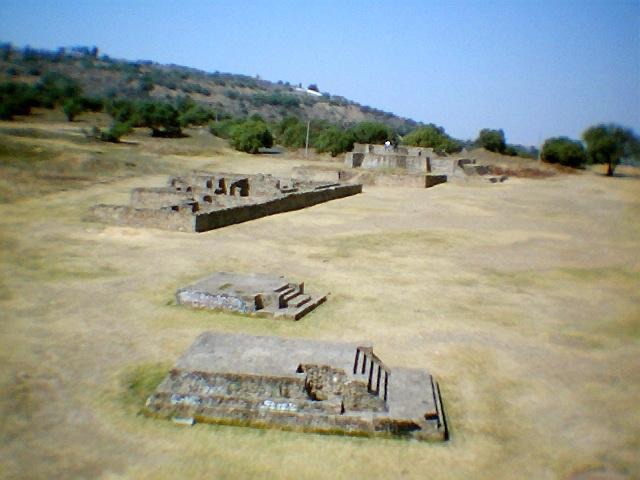
Acozac Ixtapaluca
The site of Acozac has been historically linked with Tlazallan-Tlallanoztoc, as documented in the Codex Xolotl, suggesting its importance as a city site during the reign of the grandson of Xólotl, Techotlallatzin. Ceramic evidence from the site indicates that its foundation likely commenced during the Azteca I phase, spanning from 900 to 1200 AD. The occupation of Acozac continued into the Aztec phase II, from 1200 to 1430 AD, coinciding with the reign of Techotlallatzin. The structures that are currently visible at the site date back to the Azteca phase III, from 1430 to 1521 AD.
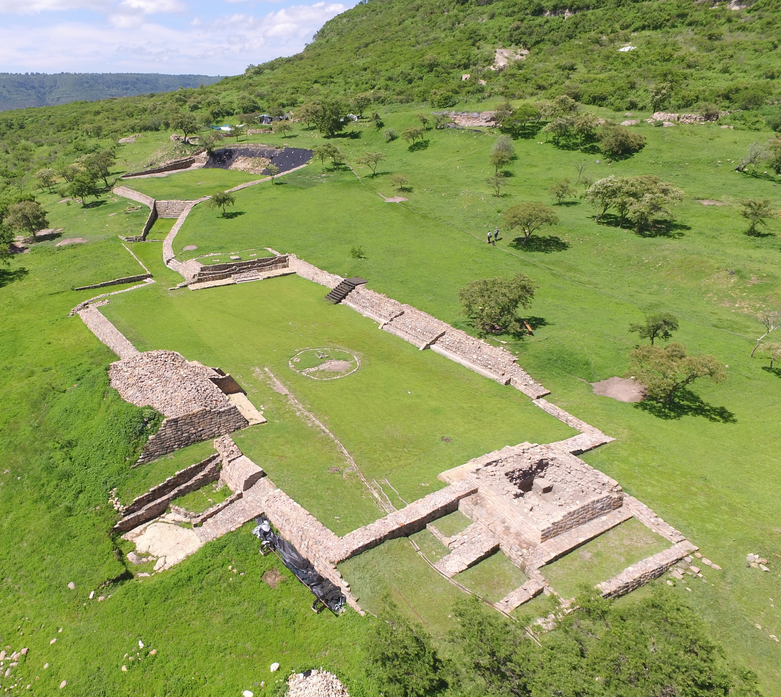
El Teúl
El Teúl stands as a witness to the ebb and flow of civilizations over the centuries. Situated in the Mexican state of Zacatecas, this archaeological site has served as a sacred ground for multiple cultures, including the Teuchitlan tradition, Caxcanes, and eventually the Spanish during colonial times. The richness of its history is evident in the diverse architectural remnants, from the circular stepped pyramids to colonial period edifices. Exploring El Teúl takes one on a trip through millennia, where one uncovers the legacies of the past that shaped the cultural heritage of the region.

